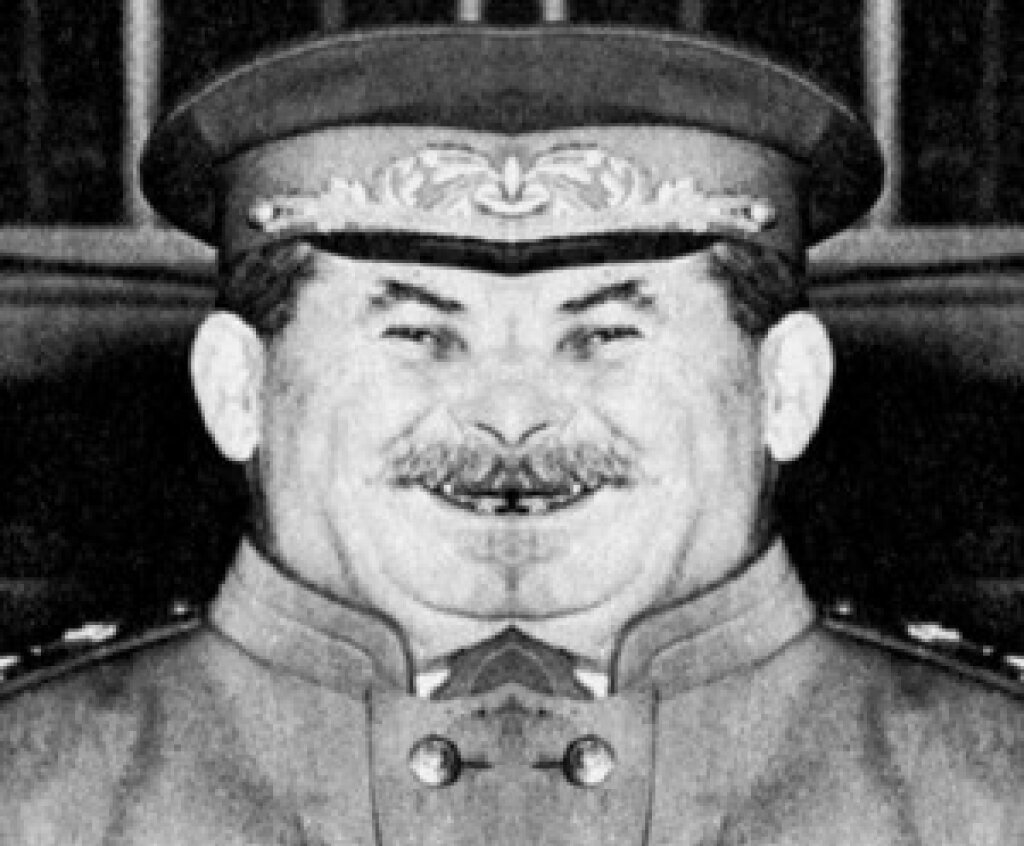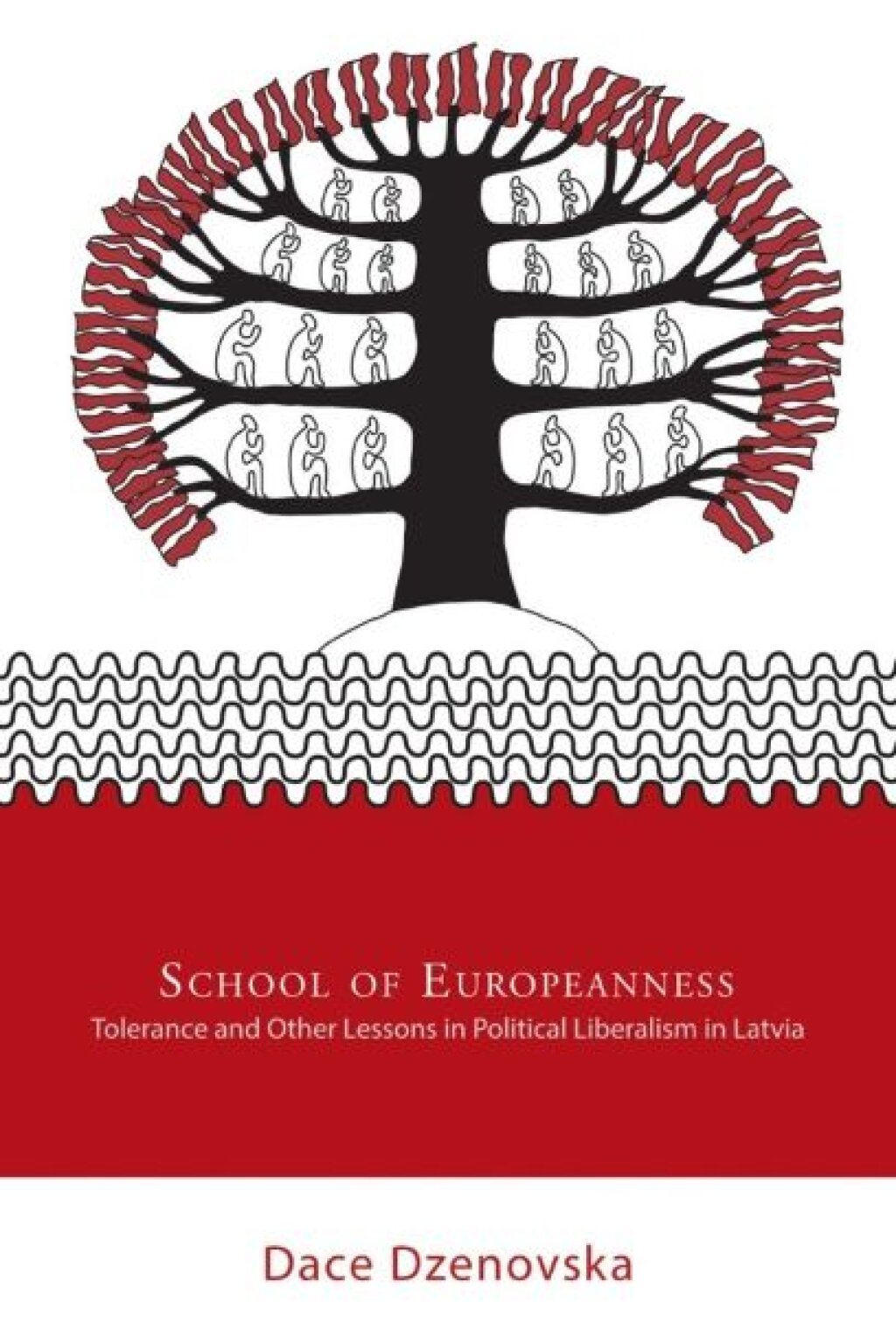Stephen Velychenko is Senior Research Fellow at the Chair of Ukrainian Studies at the University of Toronto. He is the author of National History As Cultural Process: A Survey of the Interpretations of Ukraine's Past in Polish, Russian, and Ukrainian Historical Writing from the Earliest Times to 1914 (1992); Shaping Identity in Eastern Europe and Russia. Soviet-Russian and Polish Accounts of Ukrainian History 1914-1991 (1993); and four books on the 1917 Ukrainian revolutions. He is also the co-editor of Ireland and Ukraine Studies in Comparative Imperial and National History (2022).
This post derives from a recent publication in Russian History.
Until the middle of the fifteenth century, extant Muscovite chronicles contained only sporadic references to events after 1200 on what is today Ukrainian territory. Scribes had no particular interest in events in present-day Ukrainian territories, nor in contacts between the towns of Kyiv, Vladimir, and Moscow. Insofar as Muscovite rulers’ main foreign concerns were with their Mongol overlords in the east, issues relating to dynastic origins and Kyiv were marginal or irrelevant. This situation changed after 1472, when Muscovite rulers turned their sights northwest. By the 1550s, The Book of Royal Decrees (Stepennaia kniga) had woven existing elements into a systematic explanation reflecting the changed political policy.
By the end of the sixteenth century, extant Muscovite chronicles treated the pre-thirteenth-century past of Rus as the early history of Muscovy, and events in the Volga-Oka Basin from the twelfth century forward as a continuation of Kyivan events. The reasoning behind the geographical shift in narrative focus from Kyiv to Vladimir-Suzdal-Muscovy was not explicit or consistent.
Some authors, implicitly invoking translatio imperii, wrote that the 1169 sack of Kyiv was brought on by “its sins.” Others avoided this event and referred instead to the arrival of a Kyivan icon as the decisive event. Another version asserted that Vladimir was already a capital before Bogoliubskii’s 1169 sack of Kyiv. Some chronicles added that Prince Valdamaar/Volodymyr/Vladimir of Kyiv had built the town of Vladimir in Suzdal the same year he had made Christianity the official religion of his lands. Stepennaia kniga added the idea that the ancestry of the Vladimir princes went back not only to a Viking who once ruled in Kyiv, but to the Roman emperor Augustus. Some late seventeenth-century chronicles presented the Muscovite campaigns of 1654-57 in Ukraine and Belorus as conquests. Other works mention the result of a 1654 treaty signed with Ukrainian Cossacks as a “reunion” of patrimonial lands.
The Muscovite interpretation of its relationship to Kyivan Rus reflected medieval practice. It legitimized the present by tracing origins to glorious mythical beginnings. Any of Vladimir/Moscow’s neighbouring princes could have claimed dominance in Rus, as did Halych in today’s western Ukraine. But we cannot know, because Muscovites destroyed rival princes’ chronicles when they incorporated their lands. The probable doctoring of ancient texts in the fifteenth century, and then again by the Committee on Compiling Notes on Ancient History, Mostly of Russia (Komissiia po sostavleniiu zapisok o drevnei istorii preimushchestvenno Rossii) under Catherine II, aimed to bolsterthe claim that Muscovite/Russian history began in Kyiv.
Western European chroniclers depicted Trojans as the ancestors of the Franks and Gauls, King Brutus of Troy as the first ruler of Britain, and the Goths as descendants of the Biblical Magog. Under Charlemagne and Otto I, chroniclers wrote that the center of the indivisible imperium romanorum was transferred from southern to central Europe. That the Teutonic Carolingian empire was centred on the Rhine, that the Latin Roman had been centred on the Tiber, or that Constantinople was on the Bosphorus, were but petty details. What mattered was the idea of continuity, which bestowed legitimacy without negating the prevailing understanding of universal history based on the “four world monarchies.”
Information about Rus in Muscovy became politically relevant after Muscovites shifted their foreign-policy priorities from the southeast to the northwest, and relations with western European rulers became more important. After 1500, extant chronicle texts focused on links to Rus lands beyond Muscovy’s borders. The aim was to present Muscovy as Slavic and European, as was Rus, and to erase the Finno-Ugric- Mongol reality. They did not dwell on the fact that every prince of Vladimir, Suzdal, and Moscow from 1238 on had to recognize the authority of Mongol Khans and provide troops for all their campaigns—which included wars against western European powers.
Like other chronicles, Muscovite scribes used convoluted lineages and stories to legitimize their princes’ power. The particular claim about the origins of Muscovy, a place on the extreme edge, if not actually beyond the borders of a former metropole, followed medieval practice. Details in the story changed over time. It justified, but did not motivate foreign policy—and in fact, can be seen as an early exercise in what would later be called “public relations.” In 1654, this same tale was elaborated by Patriarch Nikon’s circle and his pro-Muscovite Kyivan associates to justify intervention in a war between the Polish king and his subjects. It was directed at foreign rulers and domestic opponents of armed intervention and its inevitable burdens. The idea of a “Kievan inheritance” was marginal in the extant accounts of the negotiations preceding the 1654 Treaty. References to it as a “reunion” existed but appeared post hoc and were added in the version of the Treaty the Muscovite chancellery produced in 1659.
Like their counterparts in medieval western Europe, Muscovites probably believed in their own myths and tales. As Paul Veyne noted about the ancient Greeks, “They believe in [their own stories], but they use them and cease believing at the point where their interest in believing ends.” After 1800, western European historians began to separate the imperial from the national, approaching the dynastic chronicles of their monarchs more critically. The new national histories traced origins of countries not to ancient empires, but to places within those countries’ own borders. In short, historians ceased believing the tales found in older chronicles. By contrast with their western European counterparts, Russian historians after 1800 adopted medieval chronicle tales rather than abandoning them. They worked with sources doctored to create an official narrative policed by censors.
Historians continued tracing the beginnings of “Russian history” to a non-Russian territory not incorporated into their empire until the late eighteenth century. They did not separate the imperial from the national, nor dispense with stories about a continuous Ruirykovych dynastic lineage stretching from Kyiv through to St. Petersburg. Chronicles began to highlight this lineage only in the early 1500s. They created a tenuous Riurykovych lineage of Muscovite rulers depicting them as the only branch of the dynasty. Scribes ignored Muscovite dynastic links to Mongol Khans, and Riurykovych links to the Jagiellonians and Gedyminovyches. Muscovite chroniclers, and later Russian historians, conveniently forgot that Lithuania had already “gathered” and then “reunited” Rus lands in the fourteenth—having failed to take Moscow in 1370 thanks to bad weather. Today, only specialists know that no one outside Muscovy before 1721 referred to Muscovy as Russia, or that Russia has as much in common with Rus as does Romania/n with Rome, or Britain/Briton with Brittany/Breton.
The great eighteenth-century German historian August Von Schlozer wrote: “May patriots not be incensed, but their history does not go back to the Tower of Babel.” Eventually, modern Russian historians did stop tracing their national origins to the Tower of Babel in their grand narrative of national history, but have yet to do the same with Kyiv.



